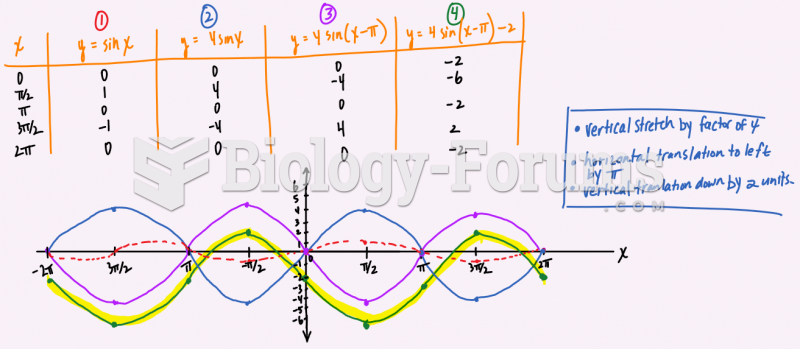Answer to Question 1
The retina contains the photoreceptors, which convert light energy into electrochemical energy that is transmitted by neurons to the brain. There are two kinds of photoreceptorsrods and cones. Each eye contains roughly 120 million rods and 8 million cones. Rods and cones differ not only in shape but also in their com- positions, locations, and responses to light. Within the rods and cones are photo pigments, chemical substances that react to light and transform physical electromagnetic energy into an electrochemical neural impulse that can be understood by the brain. The rods are long and thin photoreceptors. They are more highly concentrated in the periphery of the retina than in the foveal region. The rods are responsible for night vision and are sensitive to light and dark stimuli. The cones are short and thick photoreceptors and allow for the perception of color. They are more highly concentrated in the foveal region than in the periphery of the retina.
The rods and cones are connected to the brain. The neurochemical messages processed by the rods and cones of the retina travel via the bipolar cells to the ganglion cells. The axons of the ganglion cells in the eye collectively form the optic nerve for that eye. The optic nerves of the two eyes join at the base of the brain to form the optic chiasma. At this point, the ganglion cells from the inward, or nasal, part of the retinathe part closer to your nosecross through the optic chiasma and extend to the opposite hemisphere of the brain. The ganglion cells from the outward, or temporal area of the retina closer to your temple go to the hemisphere on the same side of the body. The lens of each eye naturally inverts the image of the world as it projects the image onto the retina. In this way, the message sent to your brain is literally upside-down and backward.
Answer to Question 2
Humans have two systems for recognizing patterns, according to Martha Farah. The first system specializes in recognizing parts of objects and in assembling those parts into distinctive wholes (feature analysis system). For example, when you are in a biology class and notice the elements of a tulipthe stamen, the pistil, and so forthyou look at the flower through this first system. The second system (configurational system) specializes in recognizing larger configurations, not analyzing parts of objects or the construction of the objects. For example, if you look at a tulip in a garden and admire its distinctive beauty and form, you look at the flower through the second system. The second system is most relevant to recognizing faces. When you spot a friend whom you see on a daily basis, you recognize him or her using the configurational system. You are so dependent on this system in everyday life you might not even notice some major change in your friend's appearance, such as his or her having longer hair or having put on new glasses.







